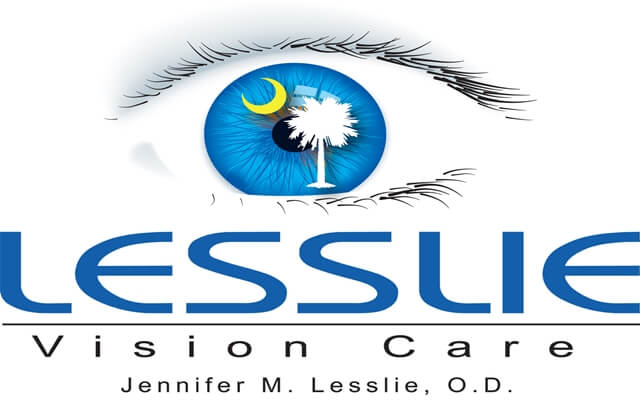We asked Dr. Lesslie some questions about Dry Eye and here is what she had to say:
Q: My eyes water all the time and I have been told they are dry. How can they be dry when the tears run down my face?
A: Dry Eye Disease is a chronic and progressive problem that affects the eyes. Symptoms include tearing, burning, redness, itching and foreign body sensation. Tearing occurs because the cornea gets dried out and sends a signal to the brain to send tears. Often times there are underlying problems with inflammation affecting the meibomian glands in the lids and the lacrimal gland so these tears become problematic. They are not lubricating enough and become a catalyst to the other symptoms experienced with dry eyes.
Q: Are some people more prone to having Dry Eye Disease than others?
A: The simple answer is YES! Since the underlying factor that affects eye dryness is inflammation, some people are more prone to dry eye disease. Hormones, medications, underlying systemic diseases like auto-immune disorders, environment and diet all contribute to inflammation that is at the root of dry eye disease. Women seem to be affected more than men. People that are taking blood pressure medication or anti-histimines daily for allergies have trouble with dryness because of the meds they are taking. Here in the south we are constantly running air conditioners or fans and these will cause the tear film to evaporate quickly causing increased symptoms and tearing. Most people do not drink nearly enough water daily. A good rule of thumb is to drink half your body weight in ounces per day up to a gallon(128oz). Auto-immune disorders are usually caused by underlying inflammation in the body. Addressing these issues usually reduces dry eye symptoms, but usually concurrent dry eye therapy is needed to make these people comfortable.
Q: How is Dry Eye Disease treated?
A: Treatment plans for eye dryness depends on what is seen clinically during a Dry Eye Evaluation. Some people have issues with lid margin disease and meibomian gland disfunction which needs to be addressed with warm compresses and lid massages concurrently with anti inflammatory treatments. There are several treatment options used to decrease inflammation and increase tear production that are tailored to each patients individualized needs. Relief from dry eyes starts with a Dry Eye Evaluation to customized a treatment plan.
Hydration is usually a key component to dry eye therapy as well. Drinking plenty of water daily is important.
Q: I work on a computer 8-10 hours a day and my eyes hurt at the end of the day. What can I do for relief?
A: In today’s digital age it is important to address the impact that screen use has on dry eye symptoms leading to Dry Eye Disease. With screen use(think computers, phones, tablets), your blink reflex naturally goes down, meaning you don’t blink as much as you should be. This causes your tear film to evaporate and the cornea gets dry. When you do finally blink it causes a shooting pain that is often accompanied by eye redness and tearing. I recommend to all my patients two very important things:
- follow the 20/20/20 rule-every 20 mins take a 20 sec break and look 20 feet away and BLINK! Take a couple exaggerated blinks to refresh your eyes.
- sit down at the computer with a 20 oz glass or bottle of water and aim to fill it up at least 3-4 times daily. This will force breaks from the screen to have a bathroom break or get a refill. Staying hydrated is very important to decrease dry eye symptoms.
I usually recommend a good artificial tear like Refresh Digital or Blink tears for immediate relief of mild dry eye symptoms.
